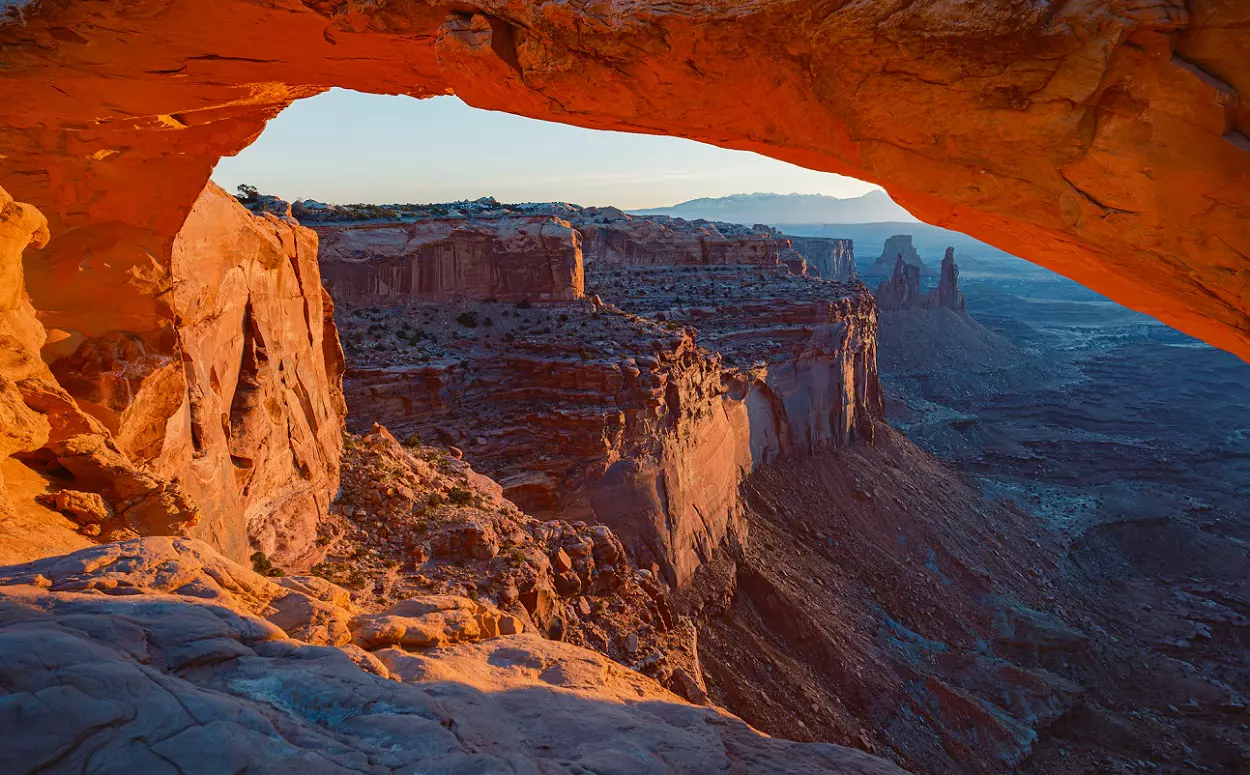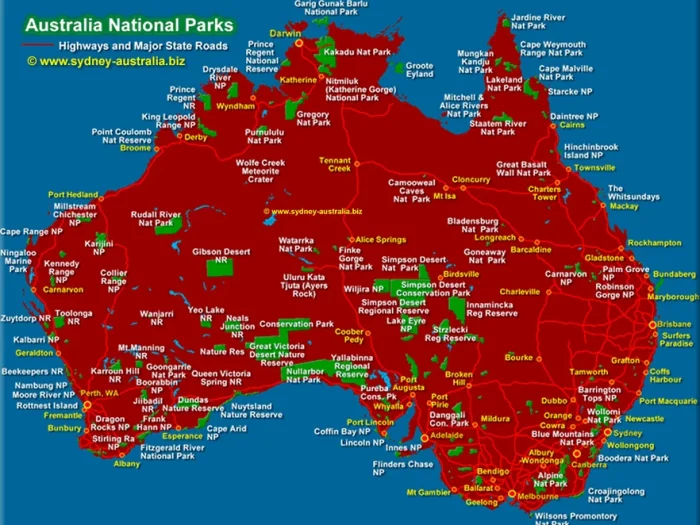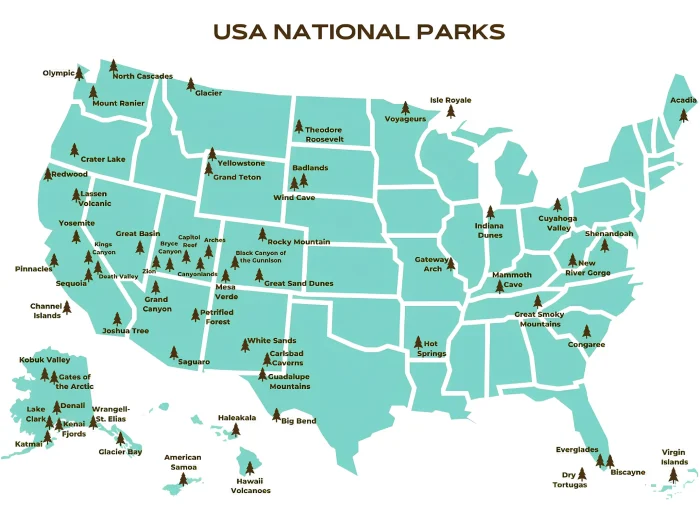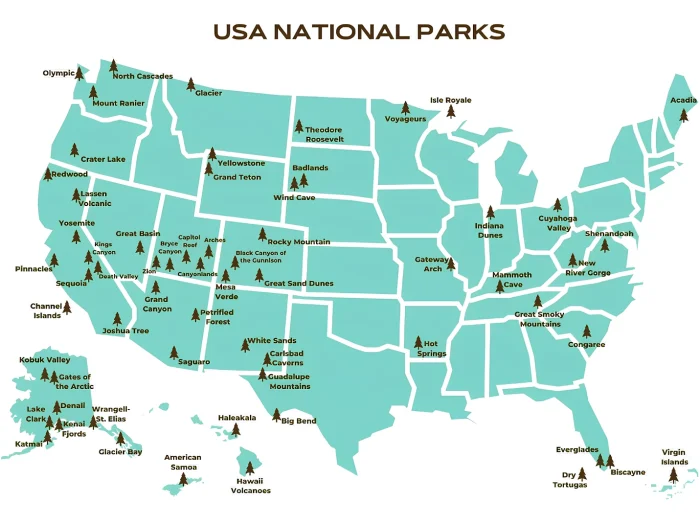When Was Canyonlands National Park Established?
Canyonlands National Park, a stunning expanse of dramatic desert landscapes carved by time and the elements, was officially established on September 12, 1964. Located in southeastern Utah, this national treasure was created to protect the unique geography and rich cultural history of the Colorado Plateau.

The Road to Preservation
Before it became a national park, the area that is now Canyonlands was known mainly to ranchers, uranium miners, and a few adventurous hikers. The rugged canyons, towering buttes, and winding rivers of the region were difficult to access and largely untouched.
Interest in preserving the area began growing in the 1950s. Conservationists, outdoor enthusiasts, and government officials recognized the park’s potential for both its natural beauty and its scientific value. Influenced by growing environmental awareness and the national push to preserve America’s wild landscapes, efforts to formally protect Canyonlands gained momentum.
A key advocate was Stewart Udall, Secretary of the Interior under Presidents John F. Kennedy and Lyndon B. Johnson. Udall played a significant role in advancing the legislative process that led to the park’s creation. His efforts, alongside support from local and national leaders, culminated in President Lyndon B. Johnson signing the legislation that established Canyonlands National Park in 1964.
A Land of Diversity
Canyonlands covers more than 330,000 acres and is divided into four main districts: Island in the Sky, The Needles, The Maze, and the rivers themselves—the Green and Colorado. Each district offers its own unique scenery and outdoor experiences, ranging from panoramic overlooks and day hikes to challenging backcountry routes.
In addition to its dramatic geology, Canyonlands is rich in Native American history, with ancient pictographs and petroglyphs, cliff dwellings, and artifacts left by the ancestral Puebloans and other cultures.
Legacy and Importance
Since its establishment, Canyonlands National Park has become a haven for nature lovers, hikers, photographers, and anyone seeking the awe of raw desert beauty. It stands today not just as a preserved landscape, but as a reminder of America’s dedication to conserving its natural wonders for future generations.
Whether you’re drawn by its deep canyons, high mesas, or the sheer scale of silence and space, Canyonlands continues to inspire and humble all who visit.




